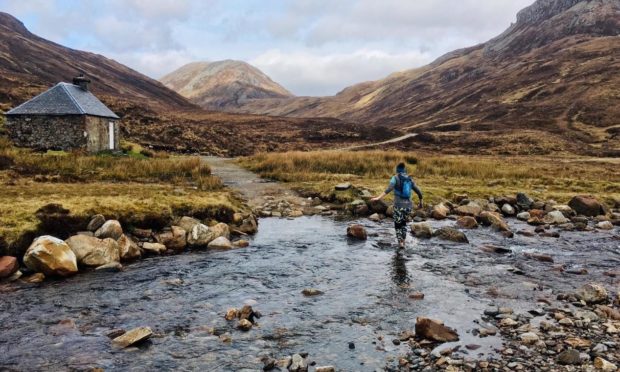The Highlands has to adapt to attract a new type of tourist and help overcome a shortfall of £202 million from the loss of overseas visitors.
According to a newly-formed industry organisation, the staycation market offers an opportunity to plug some of the gap, but the product has to be right.
VisitScotland figures show that before the pandemic stopped overseas travel, the Highlands was one of the top destinations for international visitors.
In 2019, despite spending dropping by 2%, it was still worth £202m.
At the same time, there was a surge in domestic visitors to the area, with spending up 35% to reach £575 million.
With international travel still uncertain and tourism changing since Covid struck, the industry is adapting to new trends.
This week internationally renowned destination specialist Professor Terry Stevens told a virtual conference the Highlands can reap great rewards by focusing on “conscious travel”.
The event was organised by Highland Tourism which was founded last month to support the sector’s recovery post-Covid.
Co-founder Yvonne Crook, said: “The impact of the loss of overseas visitors goes across the whole Highland community as it affects businesses, jobs, food and drink producers as well as all the services that supply the tourism industry.
“We have a great opportunity to replace some of this business with the staycation market, but we must get the product right. Tourism has transformed and we are now in a time where visitors are seeking a new type of experience driven by wellness and mindful experiences.”
Ms Crook said the Highlands has a unique natural environment but the product must evolve in “an experiential way” to meet the needs of a conscious traveller.
She said: “As well as generating repeat visits and recommendations, providing higher value experiences is also the way to generate higher value from the domestic market.
“With 81% of our visitors concerned about the environment we must also provide the facilities and informative messages to ensure they leave no trace and they hear a united and passionate voice from the whole of the Highland and wider businesses community on this.”
Highland Tourism is developing a new website under the banner of “Escape to the Highlands” to inform visitors.
Ms Crook added: “At the same time, we will focus on the importance of regaining market share of our overseas visitors.
“Having an organisation to manage and market the Highlands as a globally renowned brand will be the only way in which we can ensure the return of this market that is of such a high value to the area and has been in decline even prior to the pandemic.”
Ms Crook said while the Highlands is in a prime position to attract staycationers, overcrowding is an issue and efforts must be made to disperse visitors from ‘honey pot’ areas to other lesser-known areas.
She added: “We also have a climate change Imperative and know that 82% of our visitors are concerned about the climate. Highland Tourism is providing a leadership approach to working with business and communities to tackle this agenda together whilst also providing a clear message for visitors – this is not ours, but it is ours to look after.”
